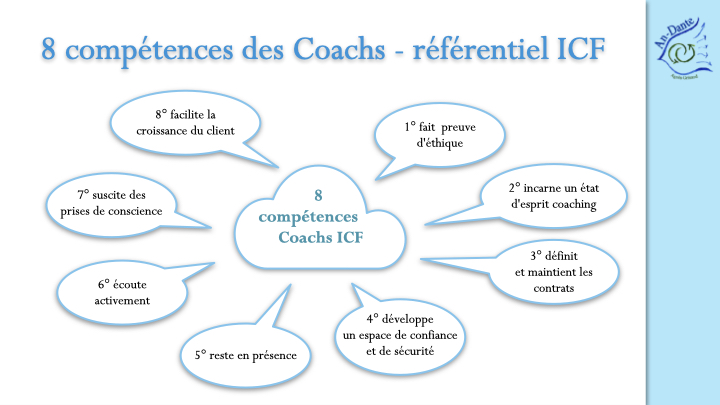The supervision space is like a sounding board of the supervised-coachee relationship. Indeed, the relational modalities experienced by the coach and his client are also invited into the supervised-supervisor relationship. These parallel signals are extremely interesting for working in supervision.
One way to see the relationship is to consider what connects to each other, with respective roles that tell facets of the relationship, such as managers-collaborators, customers-suppliers, coach-coachee, supervised-supervisor…
Another listening is to perceive the particular music of this connection, with its level of harmony or disharmony, its silences, its nuances, its variations in intensity…
These signals are valuable in a supervision session. They can be a subject of work to deepen the development of the coach.
An example of a supervisory topic is how the coach positions himself in relation to his client, especially when the client is seeking advice. This can create dissonance for the coach, who has learned that coaching is not advice, and tries to “embody the spirit of coaching” (competence 2 of the ICF reference). How then to accompany the customer from his initial request to more autonomy, by finding the answers by himself, by “facilitating the growth of the customer” (competence 8), while maintaining the “climate of trust and security” (competence 4)?

Compétences du référentiel ICF
- Histoires de SuperVision #1
- Histoires de SuperVision #2
- Histoires de SuperVision #3
- Histoires de SuperVision #4
- Histoires de SuperVision #5
- Histoires de SuperVision #6
- Histoires de SuperVision #7
- Histoires de SuperVision #8